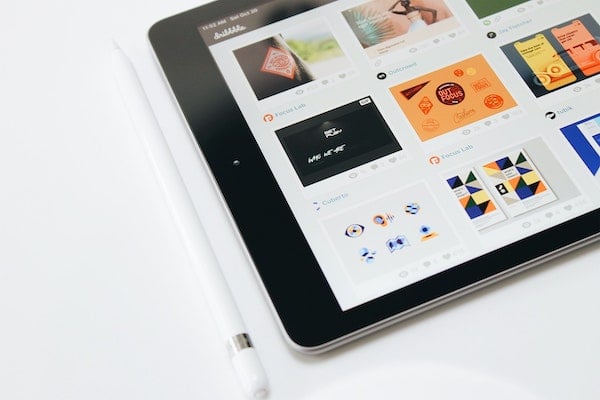Published on
Making Your Website Your Best Marketing Tool

“75% of users admit to making judgements about a company’s credibility based on their website’s design.”
– Stanford Persuasive Technology Lab
Geofencing. Remarketing. Search retargeting. All the digital strategies in the world could be all for naught if a prospective student comes to your website and cannot find what they’re looking for. That is why the college website is the most important marketing tool a college can have.
Those who work for a college or university are all too familiar with navigating their own website, but newcomers, including prospective students, are not. Frustrate them, and you will lose your audience. Here are a few topics to keep in mind when contemplating whether your website has what it takes to grow enrollment and live up to its potential as a solid marketing tool.
First impressions
As the adage goes, you don’t get a second chance to make a good first impression. And because your college website is a virtual storefront—the cover on your book—don’t turn off your customers with an unappealing storefront. That means using not only high-resolution, action images but easily accessible information, direct links to class schedules, and user-friendly virtual college tours. Make your first impression count. You only have one shot.
A call to action
Websites are more than just a pretty picture. Just as social media is geared toward driving prospective students to apply or learn more about a program or discipline, your website should serve as a call to action. If not, what’s the point of spending marketing dollars on it? Best of all, websites can be flexible, with a call to action specific to an item or issue being marketed. Bottom line: marketing often starts with branding that urges a potential customer to explore what is offered and then move into applying and enrolling. A website can also be a call to action in pitching an event, a cause, or a movement.
Web searches
Remember that U2 song, “I Still Haven’t Found What I’m Looking For”? Doing a Google search did not become so ubiquitous without good reason–it works. Type in a word and work your way down the responses. Make sure you are strategically using keywords to boost your search engine optimization. Just as important is ensuring your website has the type of strong content that will fuel SEO success.
Stay relevant
Your website is and should remain a constantly evolving tool. Information and assets need to be current, correct, and constantly progressing. Among the common mistakes webmasters make is not keeping their websites current. Those high-quality photographs of students on the home page? How many of them are still enrolled on your campus? No one wants to see the same stagnant thing every time they visit your website. And if students cannot trust your website to remain relevant, what does that tell them about your programming?
One size does not fit all
Why try squeezing into a size 6 when you know you’re an 8? It just doesn’t look right. The same goes with websites. All institutions of higher education cater to diverse constituency groups. Current and future students, staff, patrons of the arts, community organizations, and donors are among them. A college website has a tremendous breadth of audiences.
Short links keep it simple
Life is complicated enough as it is. With short links and microsites, viewers can easily find what pertains to them. A short link takes a lengthy website address and transforms it to one that is easily shared, for example, using the web address with slash and the service like /finaid, /apply, and /schedule or an academic discipline like /biology and /accounting.
Microsites
While a short link helps a user easily find a webpage, a microsite is a page (or a small cluster of pages) acting as a separate site. If your institution is (and it should be) using social media marketing, instead of driving folks to the main homepage, which may not be targeted specifically for prospective students, why not try a microsite?
Meet your viewers where they are
Searching in an office setting, scrolling while in bed, or surfing the web while at the beach…if a website is properly formatted, it can serve an audience using any device. Researching a topic at the library is a concept of the past; people now immediately head to the web, where they are not restricted by hours or location. Make sure your website is mobile-friendly, stands out, and keeps visitors engaged no matter what your potential audience may be.
Information repository
Paper files are so 2010. Websites, when done correctly, can serve as a large repository of catalogues, publications, flyers, accrediting reports, and more, but being able to help your visitors find the information they need is key. And it’s not brain surgery. Hovering a cursor over a photo to access details, from a class schedule to a detailed report, is a big no-duh. In a world when people deal less in paper, a website is a great alternative to mailing a piece of printed material.
Review your strategy
It’s all about KPIs—no better way to measure clicks. A Key Performance Indicator is a measurable, data-driven tool that demonstrates how effectively an organization is achieving key marketing objectives. Unlike a billboard or social media ad where impressions do not translate into action, a website can track its traffic via Google Analytics. Where did the respondent come from? How long did they stay on a page? What pages are getting views? A website is a tremendous way to track KPIs, not only on the site but also through the various other marketing tactics deployed.
Disclaimer: Embedded links in articles don’t represent author endorsement, but aim to provide readers with additional context and service.
Author Perspective: Administrator



